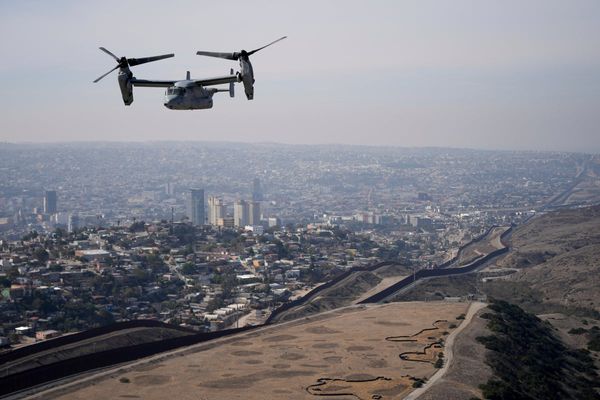Here is everything you need to know about the voting process in the 2022 Australia election.
When is the election?
The 2022 Australian federal election day is Saturday, 21 May.
How do I enrol to vote and when is the deadline?
The Australian Electoral Commission, the independent body that runs elections, says there are 17 million people enrolled to vote in the 2022 federal election – 96.3% of the eligible voting population.
The deadline for enrolment was Monday 18 April.
If you are not sure of the status of your enrolment, you can check here.
You can also call the AEC on 13 23 26.
Which electorate am I in?
You can find your electorate by entering your address on this page on the AEC website. The results of the 2019 election in each electorate are on the commission’s Tally Room site, but bear in mind that boundaries of some seats in Victoria and Western Australia have changed since then. You can read about what those changes mean on the election blog of the ABC’s Antony Green.
How do I vote?
If you are unable to cast a ballot in person at a polling station on election day, there are several other ways to vote. At this election extra provision has been made to ensure those affected by the recent floods in Queensland and NSW, and people affected by Covid, are not disenfranchised.
Pre-poll voting
If you can’t make it on the day, you can vote in advance at a pre-polling station. A list of these will be published on the AEC website. Mobile polling facilities are also set up in some hospitals, nursing homes, prisons and remote areas in advance of polling day, although at this election that service will be limited by Covid considerations (see below).
Postal voting
You can apply via the AEC website to have your ballot papers sent to you in the mail. These must be completed by close of polling on election day and returned to the AEC, which allows 13 days after that for the ballots to arrive.
What if I am overseas?
In some countries you may be able to access an overseas voting centre – a list will be posted on the AEC website. Otherwise you need to apply for a postal vote, allowing enough time for the papers to be mailed to you.
How do I vote if I have Covid?
The AEC has expanded the provision of voting by phone (traditionally used for blind or low-vision Australians) to accommodate people who may be required to isolate because they have Covid or they are a close contact of someone who does. However, it has warned the process may not be entirely flawless. People who expect to be in isolation on polling day may apply for a postal vote. Those who test positive or who are close contacts of someone who tests positive between Wednesday and Saturday should contact the AEC to arrange a vote by phone. Close contacts who return a negative rapid test should check with their state or territory whether they are entitled to leave isolation to vote in person.
If you tested positive for Covid after 6pm on Tuesday 17 May, you are eligible to vote via telephone. If you will be isolation on election day but tested positive before 6pm on Tuesday 17 May, you can vote via postal vote, however you will need to have registered for postal voting before 6pm on Wednesday 18 May. This tight eligibility for postal voting has been criticised and is set to be challenged in the federal court on Friday 20 May.
Voting in person on the day
At the ballot box, you will be handed two pieces of paper.
The smaller is for the House of Representatives, which is elected using preferential voting. You must number every box in order of your preference for your vote to be valid.
The larger is for the Senate, which consists of 76 members, 12 for each state, and two for each territory.
On the Senate ballot paper, you can vote in one of two ways.
First, you can number at least six boxes above the line, indicating the parties or groups you prefer in the order of your choice.
Or you can vote below the line, meaning you are voting individually for the candidates nominated by each party or group. In this case you must number at least 12 boxes to cast a valid vote.
How many seats does a party need to win?
There are 151 members of the House of Representatives, so one party needs to win at least 76 seats to form a majority government.
Going into the election, the Liberal-National Coalition holds 76 seats, Labor holds 69 and the six others are held by minor parties and independents.
To reach 76, Labor would need to retain their current number of seats and gain another seven. However, picking up an extra four seats from Liberal or Nationals would be enough for them to overtake the Coalition.
It may well be tight. According to analysis by Green: “Labor needs a uniform swing of 3.1% to gain four seats and 3.3% to gain seven. Yet Labor is defending 13 seats on a margin of up to 3%.”
If the Coalition loses even one seat, but Labor fails to gain seven, Australia would have a hung parliament. In that case one or other of the major parties would have to secure the support of enough minor party or independent MPs to form government.
A new wave of independents is running in Coalition-held seats at this election, which may increase the chances of a hung parliament.







